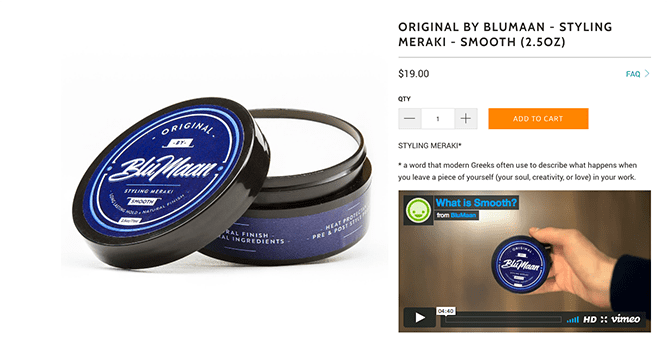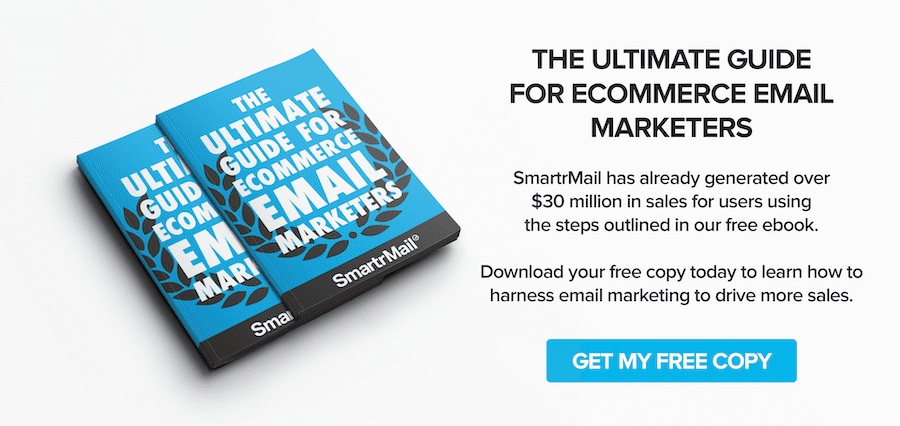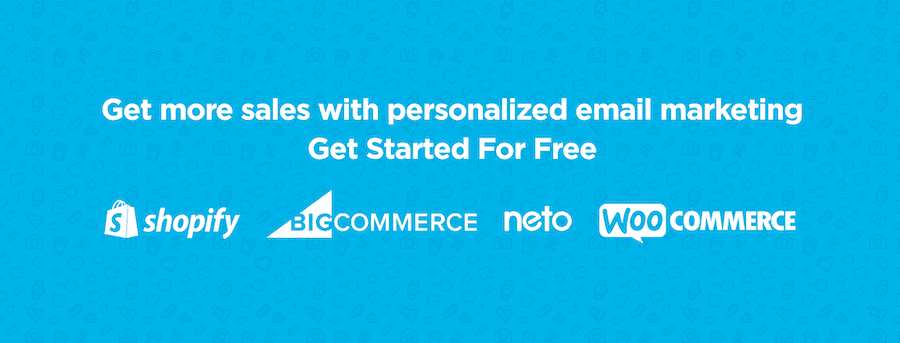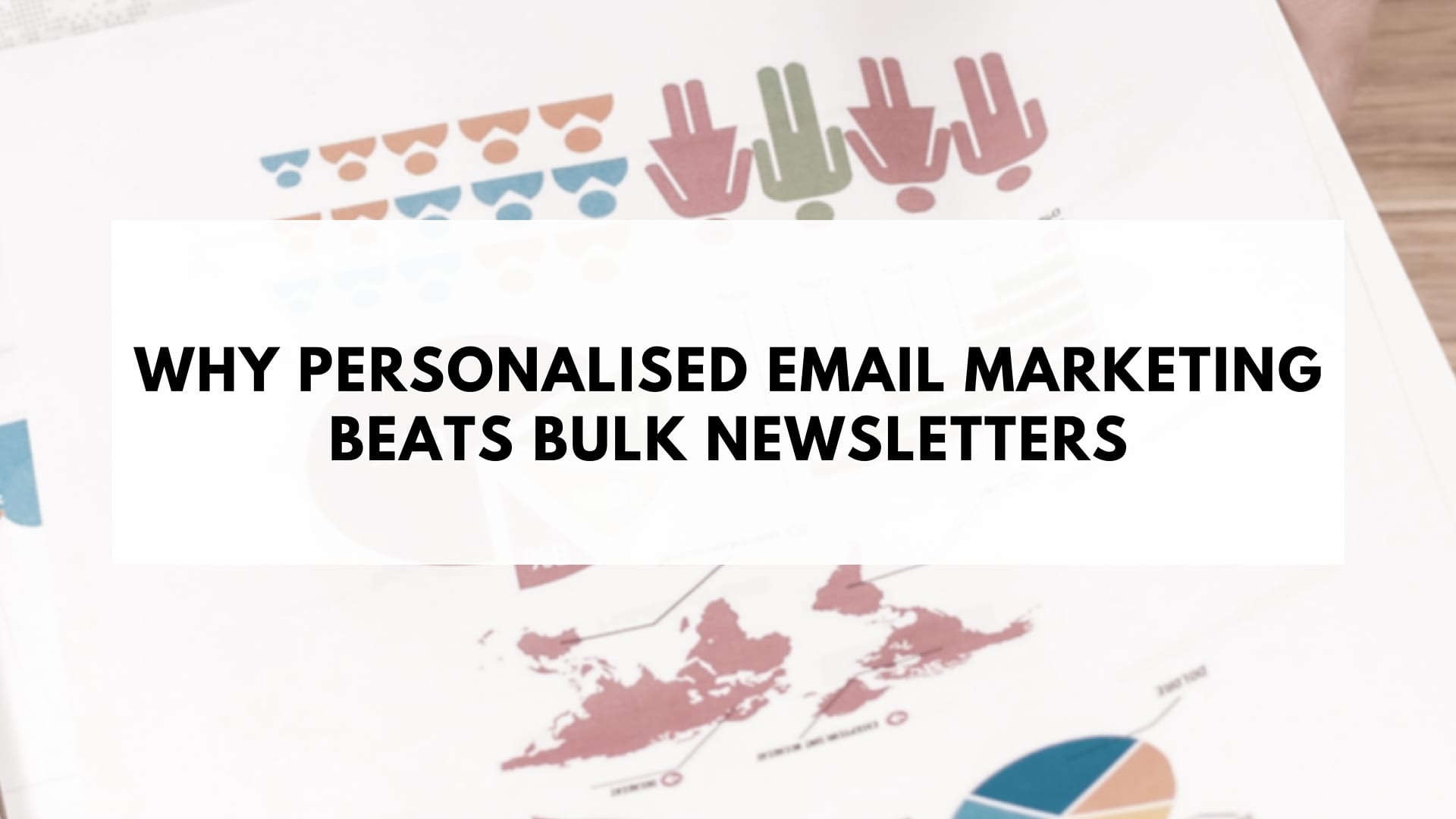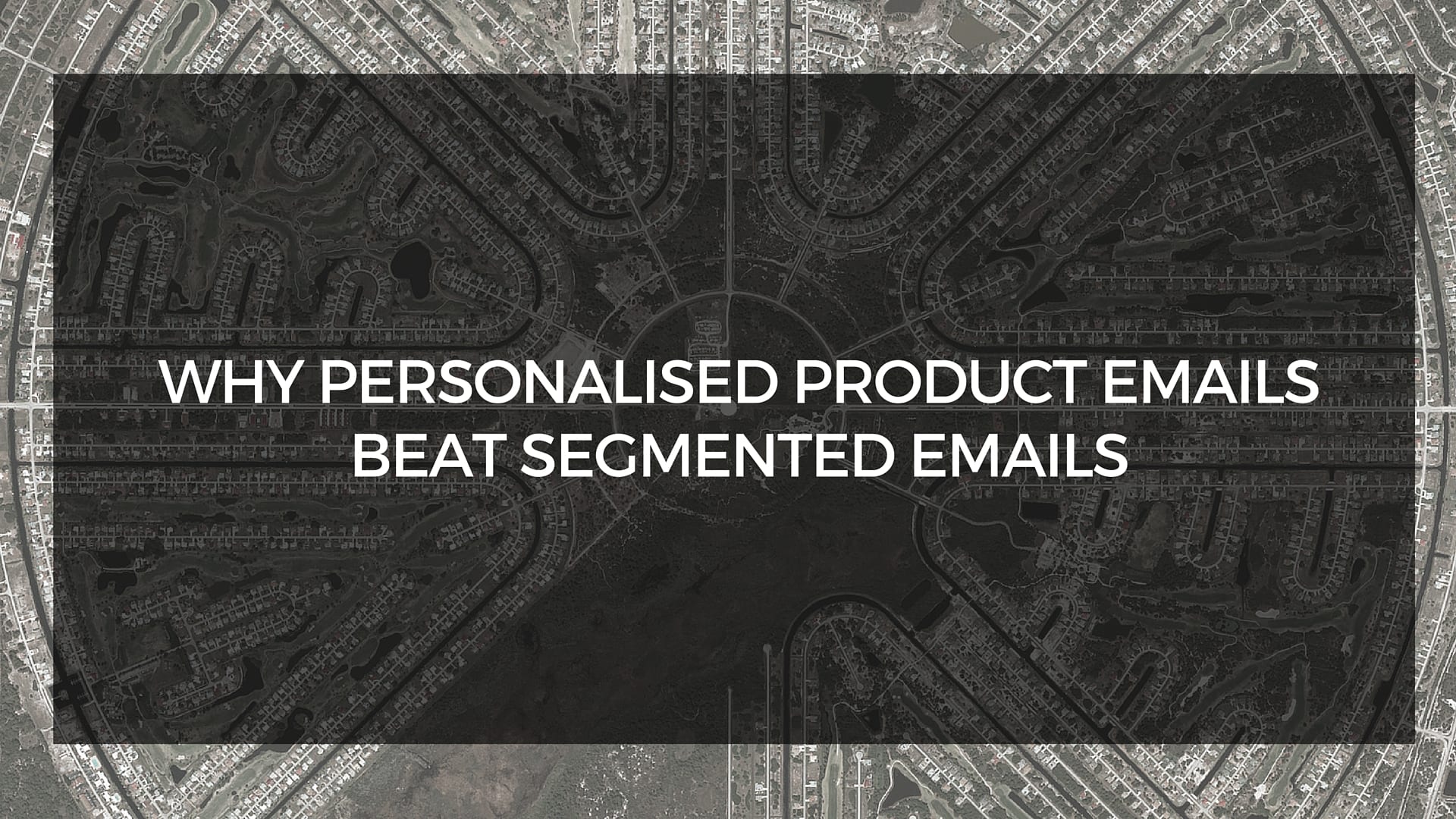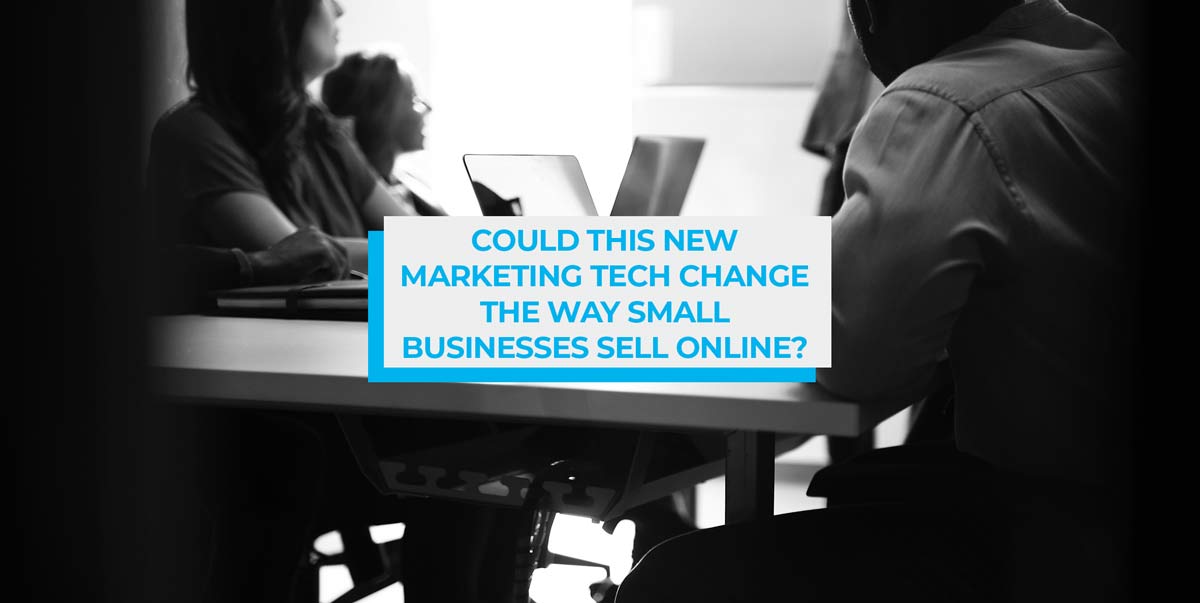2017 has just gotten underway, but already there are strong trends emerging that everyone in the ecommerce industry should definitely be aware of. That’s exactly what makes the ecommerce world so exciting: It seems like there are new trends around each corner, especially when a new year kicks off!
To be ahead of the curve and successful with your online store, it definitely pays to keep up-to-date on the latest in the ecommerce world. Trends are events that you can piggyback on for your online store or are things you may want to avoid until you see if it has legs!
In any case, here are the top 5 ecommerce marketing trends for 2017.
Ecommerce Stores Will Adapt to Mobile Faster Than Ever Before
You’d think that most online stores would’ve already done so by now, but there’s still work to be done. There’s nothing more irritating to leads and customers than a mobile store that doesn’t offer a smooth, seamless and mobile-friendly shopping experience. For online stores, this means lost conversions and sales, so better mobile adaption is definitely a huge trend for 2017.
More shopping decisions and actual purchases are also being made on mobile, putting more pressure on online stores to optimize for the mobile web and apps.
By the close of 2015, the mobile portion of global ecommerce transactions was more than 40%; by the end of 2017, it’s projected to be greater than 70%! Since your customers, therefore, are telling you how they want to shop (on mobile more than ever, thank you), you’ll have to optimize your site for mobile just to keep up with your competitors—many of whom are no doubt ensuring that their customers can easily buy on their mobile sites and apps.
The online store that fails to keep up with this trend will lose out on conversions and sales in 2017.
Video Content Comes to the Forefront
It almost seems like we in the ecommerce space have been hearing for some time now that this is the year that video will finally break out. 2017 may finally be that year because it’s right in the middle of a five-year-long trend, predicted by Cisco, about how the video will soon dominate almost everything online.
According to a Cisco study, by 2020, 80% of the web will be made up of video! It seems hard to believe, but Cisco is a well-known name in tech and wouldn’t be making predictions like this lightly.
So for all intents and purposes, we’re pretty much halfway there at this point. If the trend is really that the web will soon be mostly video, then definitely expect many more ecommerce stores to incorporate more video into their shops, starting this year.
That means more:
- Product videos
- Video reviews
- Videos in in-store ads
- Videos designed into marketing email newsletters
Since people are visual creatures, it stands to reason that more online stores will soon realize this and flood their stores with video content, making things easier for consumers everywhere.
Influencer Marketing Gains Ground
Influencer marketing is so widespread on the web because of its interconnectivity. That’s why you should harness this power in 2017 to get a larger audience than ever before to discover your online store—not to mention the additional traffic and conversions that come with a bigger audience.
Influencer marketing involves reaching out to those influential authority figures in your niche or industry. They don’t necessarily have to have the biggest fan base or the most followers on social media, but they need to be well-connected and persuasive. They can be anyone from bloggers and social media experts to journalists, writers, and podcasters. You can reach out to them in any number of different ways, such as:
- Social media
- Networking events
- Cold emails
- Cold phone calls
In short, if they can drive traffic to your store by getting their own fans and followers excited about your brand, then they’re influencers!
When social networks influence 74% of all consumers’ buying decisions, and a study done by Nielsen confirms that 92% of global consumers trust word-of-mouth recommendations from friends more than anything else, it’s very clear why influencer marketing will make a huge splash in ecommerce this year!
Creating A Personalized Experience Using Remarketing
A personalized shopping experience is what will differentiate your store from other ecommerce shops so that your customers enjoy a unique experience that’s tailor-made for them. Think of it as the virtual equivalent of having an in-person salesperson help you pick out the perfect polo shirt and shorts for the summer.
Your customers will respond more favorably to personalization because you’re pushing relevant content that’s interesting to them. For example, this is just like when we at SmartrMail send our customers automated product recommendation emails that show them recommendations based on their past browsing behavior and purchases. Our abandoned cart emails are equally personalized!
Now, with remarketing, you can take this personalization a step further by showing your leads relevant content once they’ve left your site.
Examples of remarketing can be:
- Facebook ads targeted at people who have seen specific products or pages on your site
- Dynamic Display Network ads are shown to people who’ve viewed your site but failed to buy anything
Personalizing the remarketing experience will become hot in 2017 as more brands realize that personalized content is the content that sells via more engagement and conversions.
To find out more about this trend of remarketing/repurposing, see Neil Patel’s guide on the subject.
Vlogging Becomes a Bigger Part of the Selling Process
Vlogging, blogging by using video content, will catch more fire among online stores as owners realize the explosive potential of using more video content in their stores. The great thing about vlogging is that it functions like a blog—you post content regularly to keep people coming back for more great content—but it features video, which is easier to absorb than having to read longer form content.
Case in point: On BluMann, entrepreneur Joe started off as an influencer but then quickly transitioned to selling his hair-care products when he started vlogging back in 2013 on hair-care tips and tutorials. Every product he sells on his site is accompanied by a great tutorial video that explains exactly how to use the product on one’s hair. His site also links back to his YouTube channel, where he regularly publishes new hair-related videos.
Overall, Joe understands and practices the reality that you can sell to people more effectively on the web when you’re actively engaging them with interactive videos, so he started YouTube vlogging after he realized that there was a big audience for his hair-care tips.
More online stores will follow suit in 2017, especially if they’re selling products that they can readily demonstrate.
These Are the Trends That Will Dominate the Year
You heard it here first: These five ecommerce marketing trends will define what happens in the industry all throughout 2017. Since they are making an impact, it’s important to understand that e-commerce store owners everywhere can duplicate the success of these trends by implementing them in their own stores.
When you do get ahead of these trends, you’ll start seeing better and better results for your own store, which can take the form of growth, a bigger audience or customer base, and the all-important conversions and sales.
Happy 2017!


